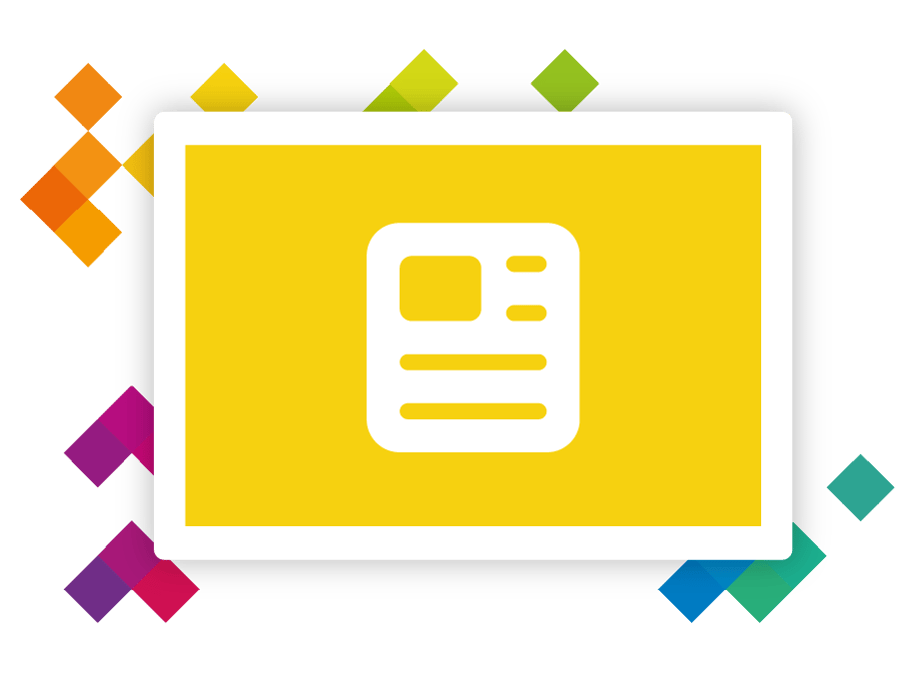Digital transformation is a much-needed next step for the training industry, there’s no doubt about that. It’s essential to streamline and i...
Is immersive learning the future of education?

Using cutting-edge technology like virtual reality (VR) in education may sound futuristic – but it’s a hotly debated topic, and closer to becoming a reality than you might think.
Is immersive learning the future of education?
Virtual reality refers to situations that take place in a digital environment, accessed using a headset. In an education setting, this might look like a digital recreation of a workshop, medical setting, animal care room or other environment, which learners can access using a VR headset to augment their learning or complete assessments.
Immersive learning – which takes place in these digital worlds – has huge potential to transform the way high-quality learning is delivered. It promises to save time and resources for trainers, and deliver personalised, on-demand training to learners.
But where is the sector currently with immersive learning, and will we see it in real-life situations any time soon?
The potential of immersive learning
Improving engagement
Any form of interactivity or gamification helps learners to engage and connect with the material better. Immersive learning takes active learning to a new level by enabling learners to directly apply the skills they’re learning in the virtual environment, rather than receiving it passively with less real-world context.
Self-directed learning
Immersive technologies remove barriers to learning. The material being delivered on a device means that students can work at their own pace, revisiting content to help understanding or even advancing through more quickly.
Accessing training on demand in this way also gives learners all the additional benefits of self-directed learning. These include improved motivation, more freedom around when to study, and the ability to choose the methods that best suit their learning style.
From a providers’ perspective, this enables flexibility and resource maximisation. Trainers can deliver learning to people in multiple locations at once, making it easier to plan resources and even have guest experts deliver sessions without incurring travel costs.
Supporting SEND learners
Immersive learning technology can replicate real-life scenarios to prepare learners for working environments, and help them to practise their skills. This capability becomes even more powerful when used as a tool to support SEND learners.
Communication, problem solving and independent living skills can all be practised as many times as the learner needs, in a safe and private environment where they can gain confidence in their abilities.
Considerations and barriers
As with any technology that’s not yet mainstream, there are some barriers to implementing immersive learning technology.
A pilot project at Calderdale College tested simulations and immersive VR technologies in formative assessments to see if they could be used for the real thing. While the students’ results were promising, the experiment did shed light on some barriers to full implementation:
-
None of the students had used VR headsets previously, raising the potential issue of digital disadvantage for students from less wealthy backgrounds
-
Immersive technology must form part of the learning experience as well as assessment, since memory recall is heavily dependent on context
-
Funding must be available to fully integrate immersive technology into learning and assessment, including funding for ongoing development
Immersive learning in practice
Lessons in overcoming these barriers can be taken from an NCFE-funded study at Sheffield College – the first of its kind to fully examine the use of immersive VR technology in teaching and assessment.
Adjusted to be representative of the sample, students did as well in the VR assessments overall as they did in the typical delayed assessment, emphasising the success of teaching and assessing using immersive technologies.
Accessibility and learning by doing
The learners in the study overwhelmingly appreciated the opportunity to practise potentially dangerous tasks before doing them for real, such as using new kitchen or construction equipment or handling certain animals.
Many expressed that the immersive technology meant they could make and learn from mistakes with no real-world consequences.
Accessibility was another common benefit, with learners praising that those who are neurodivergent or who otherwise struggle with writing could express their knowledge in a way that better suits them.
One catering student commented that it helped in their assessment to be able to look around a kitchen environment for cues to remember the answers, instead of just recalling abstract information.
Need for technical support
The staff surveyed said they would all use VR again, despite a 50/50 split between those who felt they received enough training prior to the assessments and those who didn’t.
One staff member commented that they “observed a notable improvement in confidence levels. VR helped [students] overcome their anxiety, stress and fear of the unknown”.
How can providers implement immersive learning?
Immersive learning is very likely to become a staple of future education. Its applications in technical training like engineering, medicine and construction are too valuable to ignore – but it will take widespread commitment and investment to realise its potential.
Providers looking to implement VR into teaching and assessment should keep the following points in mind:
-
Connectivity and charging the headsets could present an issue for trainers, so central device management (such as by an IT team) would be essential
-
Any institution must have the right infrastructure in place, including a reliable network
-
Training for staff and learners is essential to ensure everyone has the same level of competency with the technology before relying on it
-
Use of immersive technology must be balanced against the difficulties people experience when using it for too long, such as eye strain and motion sickness
Deliver quality training with Bud
Bud is an end-to-end solution that helps you deliver high-quality apprenticeships.
Our intuitive platform can be accessed from any device, at any time, empowering your learners and trainers to work together towards successful outcomes.
Book a discovery call for free to find out more about how Bud can work for you.




